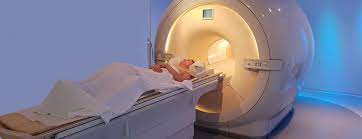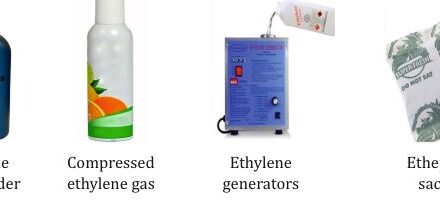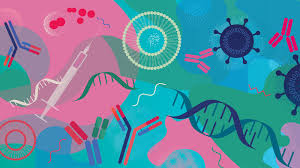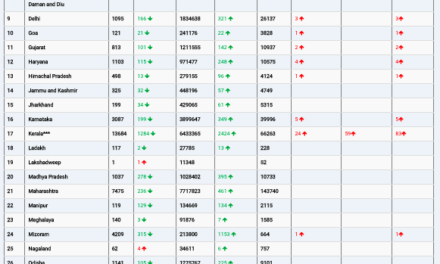ALBUQUERQUE, NM – Researchers at the University of New Mexico (UNM) have identified a potential mechanism explaining how nanoparticles of gadolinium, a toxic metal used in MRI contrast agents, can form within human tissues, potentially leading to serious health issues. The study suggests that oxalic acid, a molecule commonly found in plant-based foods and also produced by the body from Vitamin C, plays a key role.
Gadolinium-based contrast agents (GBCAs) are injected into patients before many MRI scans to enhance image clarity. While the gadolinium is typically bound tightly to other molecules and excreted safely by most individuals, concerns have grown over its potential long-term retention and associated health risks.
In a paper published in the journal Magnetic Resonance Imaging, a team led by Dr. Brent Wagner, a professor in the Department of Internal Medicine at the UNM School of Medicine, investigated the formation of gadolinium nanoparticles. These particles have been linked to severe conditions, including nephrogenic systemic fibrosis (NSF).
“The worst disease caused by MRI contrast agents is nephrogenic systemic fibrosis,” Dr. Wagner stated. “People have succumbed after just a single dose.” NSF can cause painful hardening and thickening of the skin, joints, heart, and lungs.
Even in patients without symptoms, previous research has detected gadolinium deposits in the brain and kidneys, and traces can remain in blood and urine years after exposure. This raised a critical question: why do some individuals develop severe reactions while most tolerate the contrast agent without issue?
Dr. Wagner’s team hypothesized that nanoparticle formation could explain this discrepancy. “Almost 50% of the patients had been exposed only a single time, which means that there’s something that is amplifying the disease signal,” he explained. “This nanoparticle formation might explain… why there’s such an amplification of the disease. When a cell is trying to deal with this alien metallic nanoparticle within it, it’s going to send out signals that tell the body to respond to it.”
The researchers focused on oxalic acid due to its known ability to bind with metal ions, a process also involved in the formation of calcium oxalate kidney stones. Oxalic acid is prevalent in foods like spinach, rhubarb, nuts, berries, and chocolate, and the body can synthesize it from Vitamin C.
Through laboratory experiments, the team demonstrated that oxalic acid could cause small amounts of gadolinium to separate (precipitate) from the contrast agent solution and form nanoparticles, which were then observed infiltrating various types of cells.
“Some people might form these things, while others do not, and it may be their metabolic milieu,” Dr. Wagner suggested. He theorized that individuals in a “high oxalic state” might be more prone to this nanoparticle formation, potentially explaining why some experience severe symptoms while others remain unaffected.
This finding points towards potential strategies for mitigating risks associated with GBCAs. “I wouldn’t take vitamin C if I needed to have an MRI with contrast because of the reactivity of the metal,” Dr. Wagner advised, emphasizing the need for further research before definitive recommendations can be made.
The UNM team is now working to identify individuals potentially at higher risk. They are establishing an international patient registry to collect biological samples (blood, urine, hair, fingernails) and detailed patient histories, including medical conditions, medications, and crucially, dietary supplement use.
“We want to get a lot more information to come up with the risk factors that relate to those with symptoms,” Dr. Wagner said. “We want to include dietary supplements, because that might piece it all together—why some people have symptoms, whereas others seem to be impervious.”
Disclaimer: This news article is based on recent scientific research findings and is intended for informational purposes only. It does not constitute medical advice. Patients should consult with their healthcare providers regarding any concerns about MRI scans, contrast agents, or potential health risks. Do not make changes to your diet, supplements, or medical care based solely on this information without discussing it with a qualified medical professional.












